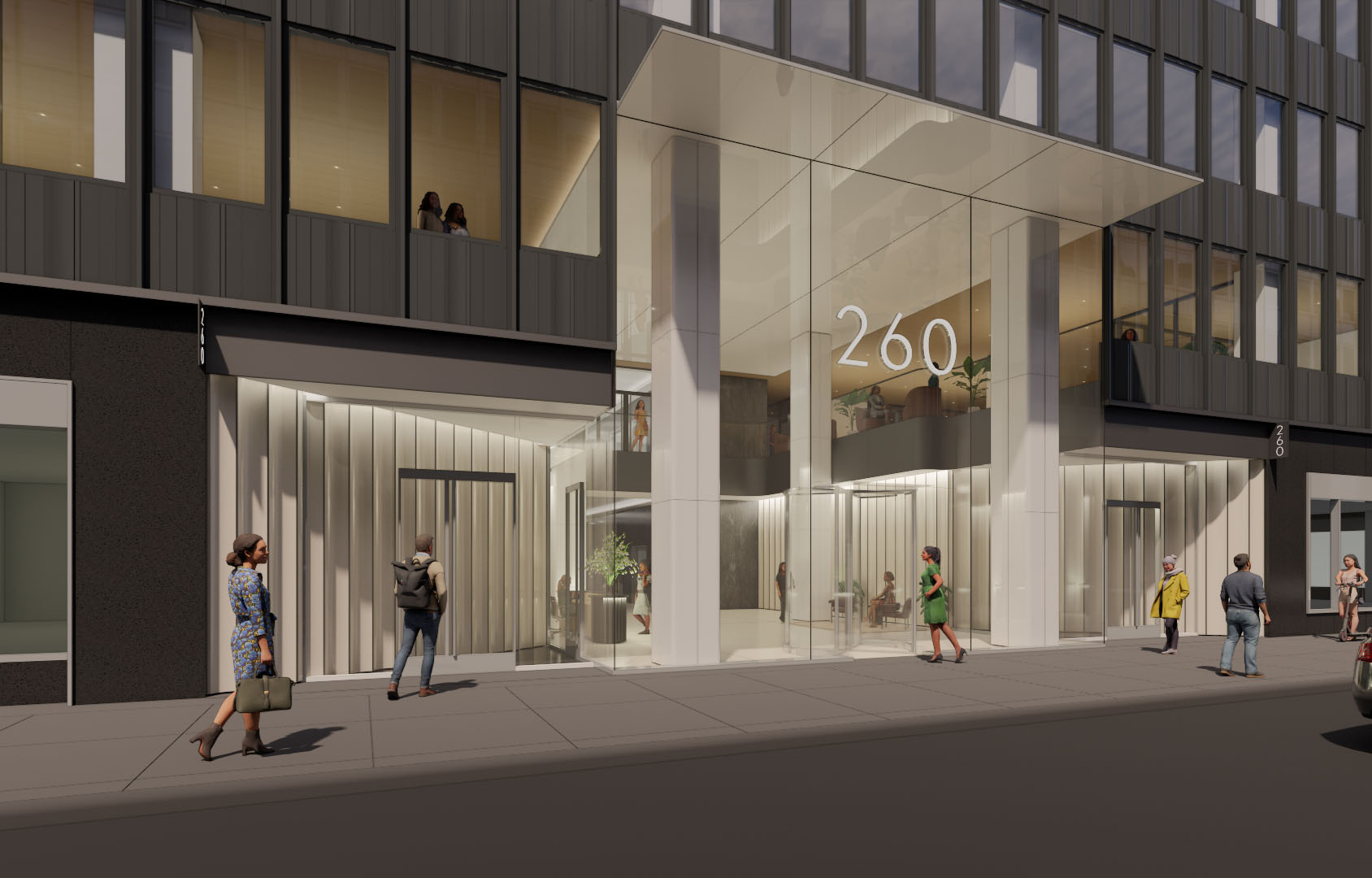The hunt for yield in 2020 - by Jason Weissman of Boston Realty Advisors
 Macroeconomic and geopolitical uncertainty has had capital from around the globe flocking to the U.S. Treasury market for decades. Albeit one of the safest investments in the world, yields are at historic all-time lows, making it an arduous task to achieve attractive risk-adjusted yields from fixed income investments. In November, Bill Gross told the Financial Times that U.S. stock and bond markets are set for a tougher time in 2020 as fiscal and monetary stimulus loses its “oomph.” Further and as a result of recent global events, in its January 6th Market Strategy Report, Oppenheimer & Co. stated – What was a global “risk-on” at the start of the new year has turned into a “risk-off” precautionary interlude. The net: Pension funds, endowments, family offices and private capital investors are all searching for better returns.
Macroeconomic and geopolitical uncertainty has had capital from around the globe flocking to the U.S. Treasury market for decades. Albeit one of the safest investments in the world, yields are at historic all-time lows, making it an arduous task to achieve attractive risk-adjusted yields from fixed income investments. In November, Bill Gross told the Financial Times that U.S. stock and bond markets are set for a tougher time in 2020 as fiscal and monetary stimulus loses its “oomph.” Further and as a result of recent global events, in its January 6th Market Strategy Report, Oppenheimer & Co. stated – What was a global “risk-on” at the start of the new year has turned into a “risk-off” precautionary interlude. The net: Pension funds, endowments, family offices and private capital investors are all searching for better returns.
What are you solving for? A currency hedge? Depreciation? Or, are you seeking inflation protection? Commercial real estate checks the box on all fronts and has long been a favored asset class for private and institutional investors.
According to data from the Institutional Real Estate Allocations Monitor produced by Hodes Weill, global institutional investors are set to increase real estate allocations to an additional $135 billion in 2020. The reason for the influx of capital is because of a significant spread between published cap rates and ten-year treasuries, a metric that reflects the health of the CRE investment market. As of December 31st, according to CoStar Group, average cap rates were at 6.0% and the ten-year treasury at 1.92% – a 408 basis point differential.
As the investment community broadens their real estate allocations, they also benefit from high liquidity in the lending markets. Debt funds, commercial banks, finance companies and quasi-government agencies are all offering short- and long-term financing options that are extremely attractive for high-quality borrowers. The low-cost debt to finance acquisitions provide an extra boost to expected yields.
The increase of capital chasing real estate opportunities, coupled with easy access to cash results in a compression of cap rates. With that said, not all real estate asset classes will benefit from the additional equity. In nearly all retail assets, the market should watch for continued cap rate expansion and continuous capital outflow. Cap rates will compress the most within multifamily properties in locations that feature population growth and predictable laws related to housing regulation and taxation policies. In addition to the multifamily sector, high-quality industrial properties will be the industry darling and likely present the greatest cap rate compression.
Multifamily and industrial assets with a minimum equity requirement of $20 million, are generally chased by aggressive institutional players. With a focus on gateway cities, there is an insufficient amount of deals within this investment category and therefore the cap rates will continue to compress.
The propensity for cap rate compression will continue until the spread with ten-year treasuries narrows. If the spread gets too tight, that could indicate a bubble, such as in 2007. One thing to remember is that while other investments are timed, the longer you hold an investment property, the more success you might have. In real estate – patience pays.
Jason Weissman is CEO and founder of Boston Realty Advisors, Boston, MA.
Berger and Koicim of Marcus & Millichap sell 17-unit multi-family for $8.8 million


Lasting effects of eminent domain on commercial development - by Sebastian Jablonski

Strategic pause - by Shallini Mehra and Chirag Doshi

AI comes to public relations, but be cautious, experts say - by Harry Zlokower









.jpg)
.gif)
.gif)